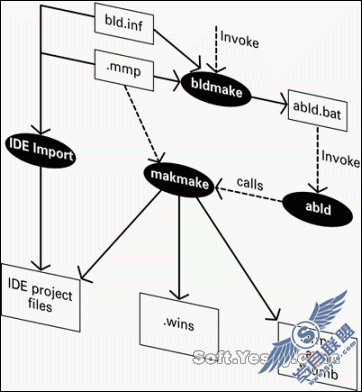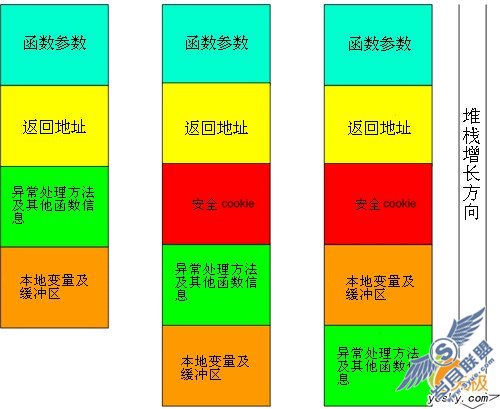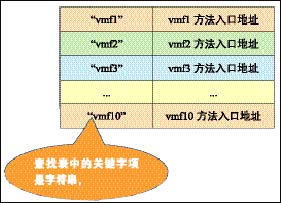poj 3321
给出一棵树,判断 以 某个 节点 为 根 的子树 有多少个节点有苹果。。
知道要用树状数组求和,但是 每个子树节点编号不连续,头疼,后来看了一些大神的报告才 恍然大悟。
可以先进行一次 dfs 后序遍历,对 每个节点重新编号,使子树的每个节点编号连续,并且根节点编号最大,同时要记录每棵子树的范围
即 子树 的最大编号和最小编号,然后 树状数组。。
ps:建树也不太会。。
[cpp]
#include<cstdio>
#include<cstring>
#include<algorithm>
using namespace std;
#define MAXN 100005
struct Edge{
int v,next;//v记录边头部,next记录下一边
}edge[MAXN];
struct Range{//存每个子树范围
int low,high;
}range[MAXN];
int root[MAXN];// root[u]以u为根的节点编号
int c[MAXN];
int app[MAXN];//the state of point
int index,n,m;
inline void addEdge(int u,int v){//加边,将节点插入头部
edge[index].v=v;
edge[index].next=root[u];
root[u]=index++;
}
inline void dfs(int u){//后序遍历
range[u].low=index;//记录最小编号
if(root[u]==-1){
range[u].high=index++;
return;
}
else {
for(int i=root[u];i!=-1;i=edge[i].next){
dfs(edge[i].v);
}
}
range[u].high=index++;//记录最大编号,即根的编号
}
inline int lowbit(int x){
return x&(-x);
}
inline void update(int i,int v){
while(i<=n){
c[i]+=v;
i+=lowbit(i);
}
}
inline int getsum(int i){
int sum=0;
while(i>0){
sum+=c[i];
i-=lowbit(i);
}
return sum;
}
int main(){
int i,j;
int u,v;
char cmd;
while(scanf("%d",&n)==1){
memset(root,-1,sizeof(root));
index=1;
for(i=1;i<n;i++){
scanf("%d%d",&u,&v);
addEdge(u,v);
}
fill(app,app+n+5,1);
for(i=1;i<=n;i++)c[i]=lowbit(i);//初始化,一开始每个节点都有 apple
index=1;
dfs(1);
scanf("%d",&m);
while(m--){
scanf(" %c%d",&cmd,&u);
if(cmd=='C'){
int val=1;
if(app[u])val=-1;
app[u]=!app[u];
update(range[u].high,val);
}
else {
int val=getsum(range[u].high)-getsum(range[u].low-1);
printf("%d/n",val);
}
}
}
return 0;
}
/*
10
1 5 3
3 2
1 3
5 7
10 9
10 8
5 10
5 6
100
Q 1
10
Q 2
1
C 10
Q 1
9
Q 10
2
C 10
Q 10
3
*/
作者:qingniaofy




